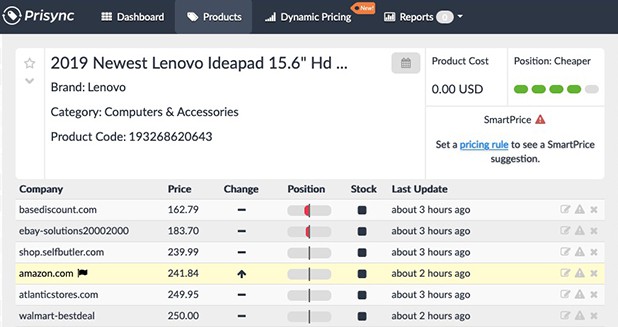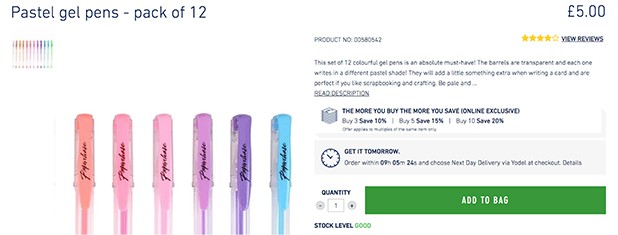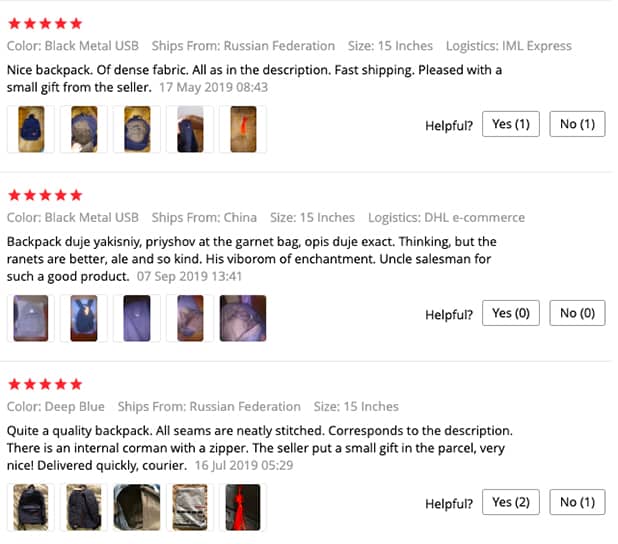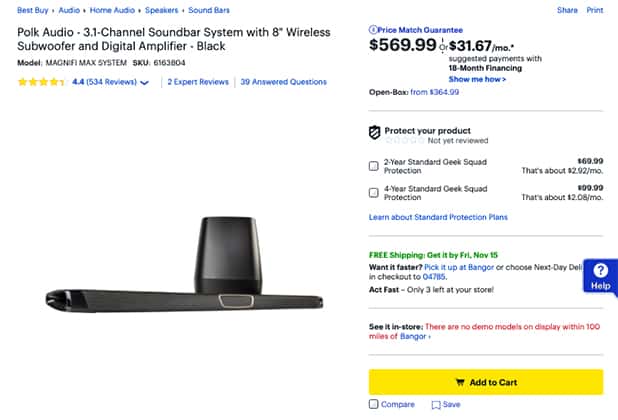One of the hardest tasks of an online retailer is increasing prices. Unless it’s absolutely necessary, many retailers avoid price increases in fear of losing their competitive strength. And they are right to do so.
The competitive landscape of the ecommerce industry inclines the business owners to sell at small profit margins. The giants of this industry draw their competitive strength from the below-average prices they offer. Their per-unit profit is smaller than SMBs’, but their sales volume is much higher.
Therefore, SMBs’ best option is to compete on price. Then, what should we consider before deciding on a price increase? Well, you need to know your positioning.
Learn your positioning
Where do your prices stand against competitors? On average, if you’re already more expensive than competitors, a price increase can be a bad idea. In this case, the first thing you need to do is find out why your store is more expensive.
Suppose one competitor sells a particular brand’s products for a price much lower than yours. In fact, you even think that the price doesn’t cover per unit cost. It is highly likely that the competitor has a better deal with the supplier. Or, their business costs are lower than yours.

Tracking competitor price information gives you significant leverage. Instead of increasing prices, you can negotiate better with your supplier or try to lower your business costs.
Now that we agree upon the unfavorable nature of a price increase let’s learn how to implement it when it’s a necessity.

Offer other options
People differ in their willingness to pay for a product. Say, one shopper is willing to pay $580 for the soundbar below, and another is willing to pay $630. Because you track competitor prices, you notice an upward trend in this product’s price.
You don’t want to offer a price that is much lower than the market average, because you’ll be leaving money on the table. So you’ve decided to increase it. However, you’re afraid of pushing away price-sensitive customers. What to do then?
You can offer a cheaper alternative like the one below. So that shoppers have at least two different value/price options that they can choose between. In other words, they must assess two parameters (price and value), and the focal point has changed.

Make it smaller or offer discounts
Making your product offering smaller is a common tactic used by restaurants to save money. They’ll keep their meal prices the exact same but decrease the size of the portions. The same strategy, however, can be used within ecommerce. It again lends itself to products that naturally come in multiples.

In this example, you can buy 12 pens for £5.00 .
If Paperchase wanted to increase its profit margins, it could keep the price at £5.00 and reduce the number of pens to 10 or even 8. This way, it would make more money for fewer goods.
Send small gifts
We all love free stuff. To generate positive feelings, you can add small gifts that won’t cost you much to your packages.

As you can see, even a small gift can please customers. Here, we also see that product reviews are extremely important for an online store for two reasons. They both help you realize your mistakes and help customers learn what other shoppers think about your product.
If you’re genuinely trying to improve the overall shopping experience, reviews are a great tool to let buyers know.

Prepare your customer support team
There’s no denying the fact that increasing your product’s prices has a chance of receiving pushback. You might receive emails from unhappy customers wondering why something they previously bought at $10 now costs $15.
Your customer support team could quickly become overwhelmed. And if you want to increase your prices without alienating customers, you need to prepare your customer service team for this. This could include telling customers the reasons behind why your prices have increased.
Implement a partial price increase
Put yourself in customers’ shoes. What if you’d notice a particular store has raised the majority of its prices? Wouldn’t it seem a little strange? Well, it certainly creates a negative feeling that will alienate shoppers, especially the price-sensitive ones.
Instead, you can implement a partial and gradual price increase that won’t disturb many shoppers. For example, price adjustments starting from a specific category that gradually expands to others would bother fewer people.
Wait for the off-season
When you don’t want to make gradual increases, you have another option. Wait for the off-season. Think of a store that sells ski clothes. In summer time almost no one shops ski wear. Therefore, no one will keep track of a price increase.
Since very few people notice, the owner can increase the prices to the point where she can offer multiple discounts later during the season and still remain above the market average. This will not only avoid a possible disturbance but also attract new customers.
Increase perceived value
Consumers’ willingness to pay for a product is, to a large extent, dependent on the perceived value. That fact fuels a movement toward progress. Businesses can improve the actual product value rather than cutting their costs and prices, and that will be much more successful as a long-term strategy.
Let’s say the kettle brands you sell do not contain plastic material. Shoppers with health concerns are willing to pay a slightly higher price for them. However, due to a price increase in the materials used in plastic-free, high-quality products, the brands you sell have increased their prices.
The price gap between plastic-free and regular kettles widened, but it has nothing to do with you. You need to explain the situation to your customers. It will have two impacts on the perceived value.
First, they will appreciate your honest price policy.
Second, they will recognize your efforts to preserve a high-quality and health-friendly product assortment. Either way, it will improve the perceived value.
Another way of adding value is by improving customer service. In the short run, you might not see the positive impact of excellent customer service. In time, however, you’ll see that shoppers’ willingness to pay will increase.
Target a different customer base
When you first start out with e-commerce, there’s a general tendency to try to appeal to everyone. After all, the more people you target, the more potential revenue you could earn.
Once your store starts to mature, however, you’ll find that targeting absolutely everyone is the wrong approach.
Instead, you want to find a small, niche group of people who truly find value in your products. If you’ve tried to increase your prices but haven’t found any success, it might be because you need to target a different customer base. While you might lose some of your original customer bases, you’ll gain a whole new one.
If this is the strategy you use, make sure that your marketing materials (social media, blog posts, videos) reflect your new target audience.
Reminder: Test before taking action
One way to know what consumers would think of a possible increase is by asking them. However, you should note that there is always a difference between what consumers say and how they behave. Even if they do their best, to be honest, they might not know their actual preference when faced with a real increase. Either way, it’ll at least give you a clue.
Final Words
Do you want to/have to increase prices, but are you afraid of alienating customers? You have a point. The ecommerce industry is already competitive enough, so increasing prices couldn’t help you in your course.
Luckily, there are precautions you can take or tactics you can implement to avoid losing customers. Some of them are hard to implement, like increasing product value. Others are easy to apply, like adding small gifts to the packages. As with every other change in your business strategy, testing can give you a clue about a possible price increase’s result.
price increasepricing strategies


